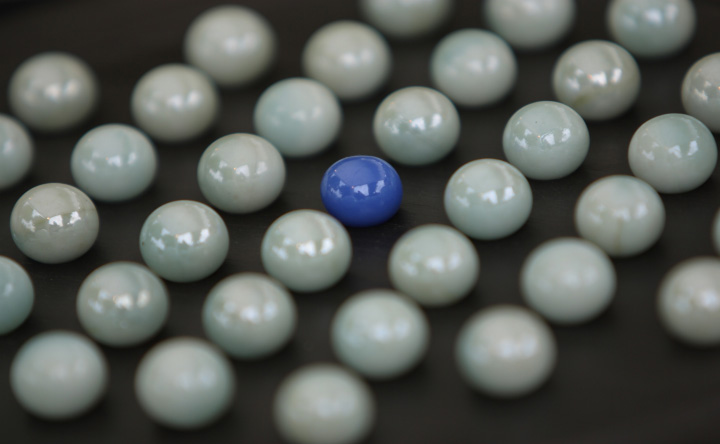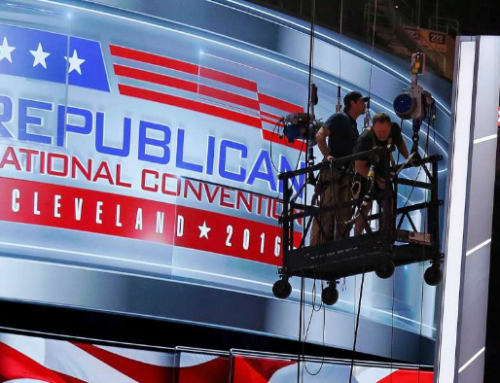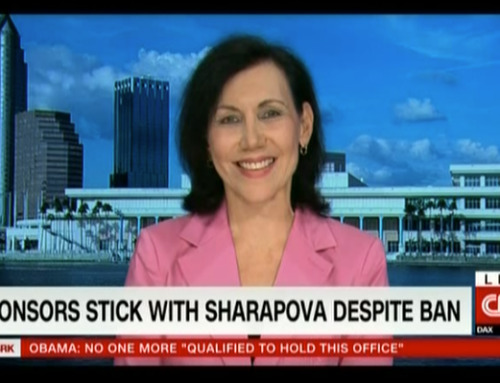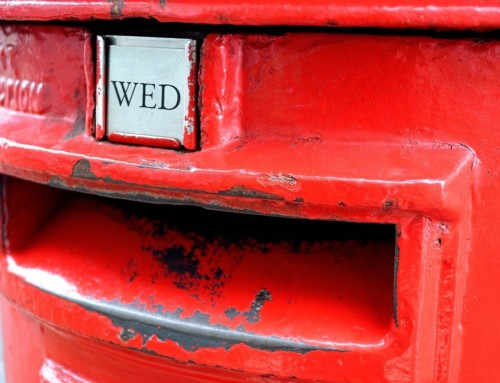If you covered up your logo on your Website, your brochure or one of your important marketing tools, would the market know it was your brand? Do you stand out from the pack or do you blend in and reflect the same concepts, visuals, copy points and features as your competition?
As outlined in my recent book, Brand Turnaround, through which I tell the stories of more than 75 brands, Game Changers are key concepts to brand transformation. If you’ve been following my article series on turnaround, you will recall that I’ve introduced you to six Game Changers: Take Responsibility, Never Give Up, Lead Strong, Stay Relevant, Keep Improving and Build Equity. In addition to these six, there is one last Game Changer—Own Your Distinction. And, for many brands, this is one of the most important strategies of them all.
In taking ownership of your brand distinction, your marketing dollars will be more effective because your investments link your product in consumers’ minds to recognizable and memorable proprietary tangible and intangible assets and attributes.
Brand distinction is defined as what makes you unique. It can stem from your offering, processes, packaging, persona or experiences but, in most cases, it comes from a combination of many. Once you’ve established distinction and own the turf associated with it, your brand increases in strength and is portrayed by consumers as an identifiable and memorable entity.
Distinction alone will not bring your brand back from a shake-up. The other Game Changers need to be addressed too. Your set of distinguishing factors need not only be uniquely yours but perceived as value-add and relevant to the market you are targeting. Once achieved, you will be in a better place to start your brand recovery, rebuilding your credibility, trust and authority in consumers’ minds.
Assess your brand’s level of distinction by answering these seven questions:
- Does your brand provide real substantive differences that are important to the customer?
- Does your brand provide convincing proof of these differences?
- Can you easily articulate your brand’s differences?
- Do your employees exemplify the brand differences through word and deed?
- Relative to the price difference, does your brand deliver substantially more value than does your best competitor?
- Are your brand differences memorable?
- Is your brand distinction easy to copy or are the barriers of entry strong?
While these questions serve as a good starting point to establish your brand distinction, there are some other things you need to do. You must demonstrate a great level of courage, display long-term commitment over short-term results and create an integrated brand messaging campaign. These things will help your brand to stand out among competitors and can also permeate to wide-ranging consumer touch points.
Ultimately you want to create your own exclusive formula whose components result in individuality. For example, Geek Squad, one of the cases in my book Brand Turnaround, did this through the use of humor, harmony, helpfulness and availability. Add to that, unique packaging, and a brand-centric culture that plays through the brand story and work environment, brand reach and communication, and you have a highly regarded brand.
Other brands that I admire and examine in my book who have established a strong distinctive market position include SunChips, Fizzies and Pee-wee Herman. These three brands not only established themselves as distinct as Geek Squad, but they also faced significant turmoil and brand bumps yet managed to bounce back due in large part to their unique and distinct brand story.
Whether your distinction is by being the “healthy” or “green” brand choice (as SunChips is), an innovative brand offering consumers experience through its use and a unique delivery system to accompany the product (as Fizzies is) or simply a very unique character persona (as Pee-wee Herman is), execute on a platform that you can own—one that has legs and that your competitors can’t copy.
If your brand manufactures baby food, you will have a far different formula of distinction than a brand selling tattoo ink. Clearly the two targets have distinct demographics and value systems. The method of standing out and sticking in the minds of the buyer should be as unique as they are.
Distinction planning involves two parts, first identifying your opportunities for difference (e.g., brand niches, personality, look and feel, physical size and stature, campaigns, pricing, delivery methods, locations, materials or brand stories) then you must own your distinction by articulating what makes you different, creating patterns of credible proof in all your touch points, translating your distinction to market segments within your fan base and leveraging symbols and messages in both internal and public communications.
Being distinct takes courage and commitment. While no one Game Changer will ensure your brand immunity to a shake-up, the combination of all seven will help contribute to your bounce back in the event you find yourself in choppy waters.
Brand on!







